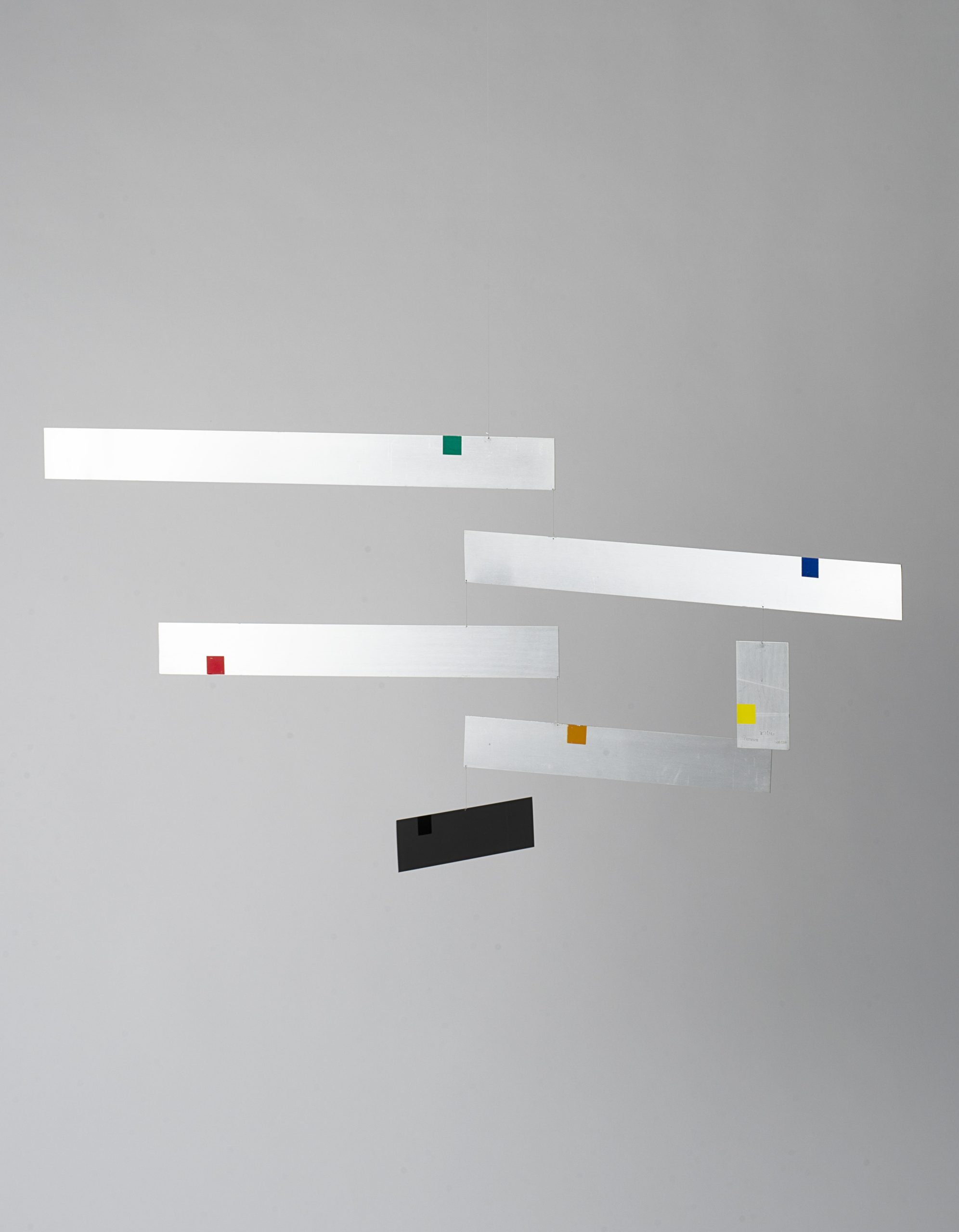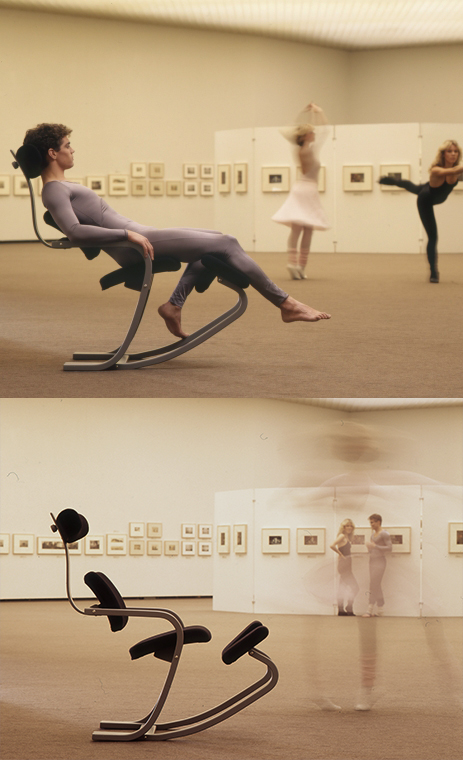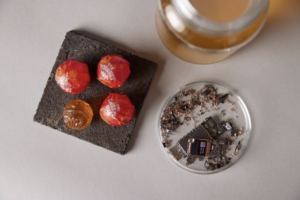- Face
- Body + Hand
- Hair
- Candles
- Parfum
- Subscriptions
- Nutrition
- Gifts
- Treatments
- Visit
- Academy
- Journal
![]()
Balance
Balance
In the intricate rhythm of life, the relationship between balance and nutrition weaves a narrative that extends far beyond the boundaries of individual health. It is a delicate interplay, where choices made in the realm of food resonate not only within our bodies but echo through cultural identities, artistic expressions, and the environments around us.
The importance of balance in our lifestyle goes beyond the basic need for sustenance. Food, with its rich symbolic meaning, can reflect a lifestyle or a nation, embody hope or despair, and represent either hunger or excess. Making conscious decisions about what we consume becomes paramount, not just for our well-being but for the overall well-being of the planet we call home.
Balance as a subject is rich in symbolic meaning and across the history of art, it has operated as a concept for artists to explore a particular emotion, viewpoint or theme and express a range of aspirations and social constructs. Like Bruno Munari’s works.

Renowned artist, designer, and inventor Bruno Munari expressed that a balanced life is achieved when the objects we use daily and the surroundings we live in become works of art.
Munari transcended boundaries, exploring the delicate equilibrium between functionality and aesthetics, artistic languages, and technological innovations. His work serves as a testament to the interplay between our choices and the balance we achieve.
< Useless machines by Bruno Munari

Or, in the world of design, consider the profound perspective of Peter Opsvik, especially in the context of chairs:
“Being in balance gives us control. Being in balance inspires movement. What is the best starting point for making a movement such as a step, a jump, or a lift? Being well balanced is a prerequisite for effortless movement.”
Opsvik’s insight extends the exploration of balance beyond the realm of visual arts into the functional and ergonomic aspects of design, emphasizing how equilibrium is fundamental not only to artistic expression but also to the seamless interaction between individuals and the objects they engage with daily.
< Gravity Balans armchair by Peter Opsvik
Balance in Biodesign
The concept of balance extends into the realm of biodesign, where innovative projects explore the equilibrium between design and science, tradition and innovation.
Examples include the introduction of microalgae-based flavors in the Landless Food by Malu Luecking project and the Sweeeet Side project by Liv Tsim, which transforms wasted copper into sweet bites, delve into the future food chain.
These projects highlight the cultural identities reflected through the food we consume, emphasising the interconnectedness between what we eat and the impact on our environment.
 Landless Food by Malu Luecking
Landless Food by Malu Luecking Sweeeet Side by Liv Tsim
Sweeeet Side by Liv TsimEquilibrium
As we explore food anthropology, the intricate relationship between taste, place, and environmental sustainability, emphasise the crucial concept of ‘balance.’ The unique taste of each region is crafted through a delicate equilibrium of local ingredients, culinary techniques, and historical influences, reflecting the cultural and geographical identity of its inhabitants. It becomes evident that our food consumption and production play a significant role in the health of our planet. Regenerative agriculture emerges as a promising approach, not only for healing the land but also for addressing challenges in our oceans and promoting overall ecological balance.
Regenerative agriculture emerges as a transformative solution, addressing not only land and ocean health but also promoting ecological equilibrium. Through practices like soil regeneration, water conservation, and biodiversity enhancement, regenerative agriculture seeks to harmonise the relationship between human activities and the natural world. The documentary “UNFILTERED: The Truth About Oysters” serves as a compelling case study, illustrating how restoring keystone species like oysters can play a crucial role in mitigating ecological crises and preserving marine ecosystems.
In conclusion, the relationship between balance and nutrition is a multifaceted exploration that extends beyond the boundaries of personal health. It is a harmonious balance where conscious food choices resonate through art, design, cultural identity, and environmental sustainability.
We use cookies on our website to give you the most relevant experience by remembering your preferences and repeat visits. By clicking “Accept All”, you consent to the use of ALL the cookies. However, you may visit "Cookie Settings" to provide a controlled consent.Manage consentPrivacy Overview
This website uses cookies to improve your experience while you navigate through the website. Out of these, the cookies that are categorized as necessary are stored on your browser as they are essential for the working of basic functionalities of the website. We also use third-party cookies that help us analyze and understand how you use this website. These cookies will be stored in your browser only with your consent. You also have the option to opt-out of these cookies. But opting out of some of these cookies may affect your browsing experience.Necessary cookies are absolutely essential for the website to function properly. These cookies ensure basic functionalities and security features of the website, anonymously.Cookie Duration Description cookielawinfo-checkbox-analytics 11 months This cookie is set by GDPR Cookie Consent plugin. The cookie is used to store the user consent for the cookies in the category "Analytics". cookielawinfo-checkbox-functional 11 months The cookie is set by GDPR cookie consent to record the user consent for the cookies in the category "Functional". cookielawinfo-checkbox-necessary 11 months This cookie is set by GDPR Cookie Consent plugin. The cookies is used to store the user consent for the cookies in the category "Necessary". cookielawinfo-checkbox-others 11 months This cookie is set by GDPR Cookie Consent plugin. The cookie is used to store the user consent for the cookies in the category "Other. cookielawinfo-checkbox-performance 11 months This cookie is set by GDPR Cookie Consent plugin. The cookie is used to store the user consent for the cookies in the category "Performance". viewed_cookie_policy 11 months The cookie is set by the GDPR Cookie Consent plugin and is used to store whether or not user has consented to the use of cookies. It does not store any personal data. Functional cookies help to perform certain functionalities like sharing the content of the website on social media platforms, collect feedbacks, and other third-party features.Performance cookies are used to understand and analyze the key performance indexes of the website which helps in delivering a better user experience for the visitors.Analytical cookies are used to understand how visitors interact with the website. These cookies help provide information on metrics the number of visitors, bounce rate, traffic source, etc.Advertisement cookies are used to provide visitors with relevant ads and marketing campaigns. These cookies track visitors across websites and collect information to provide customized ads.Other uncategorized cookies are those that are being analyzed and have not been classified into a category as yet.Free UK shipping via Royal Mail when you spend over £65 - Body + Hand





















